How to grow lemon at home on a windowsill
Lemon is not only a healthy sour fruit, but also a beautiful tree. It has bright green glossy leaves, and blooms with delicate small creamy flowers. Both the leaves and the flowers of the lemon have a subtle citrus scent. The plant looks decorative during the fruiting period.
Lemon is grown as a houseplant. At home, the tree is compact, with small leaves and miniature fruits. It looks beautiful all year round, and the small, sour fruits are good to eat. How to grow lemon at home on a windowsill, read on.
The content of the article
Suitable lemon varieties for growing on a windowsill
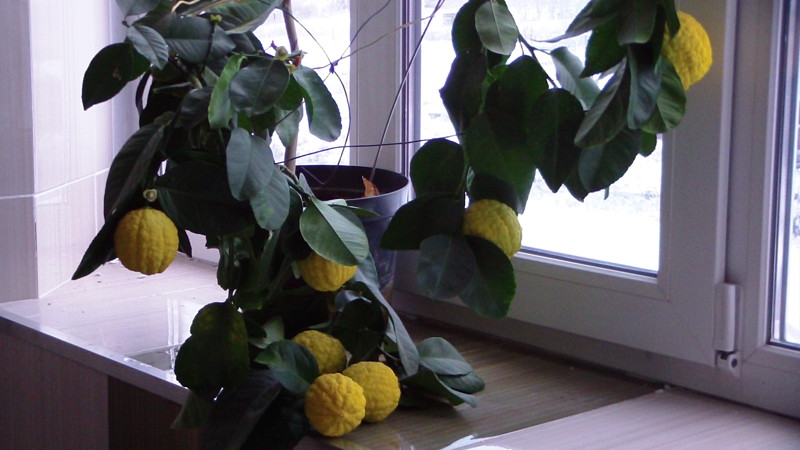
Before growing lemon at home on the windowsill, you should decide on the variety. Best suited for cultivation in an apartment:
- Genoa;
- Maikovsky;
- Meyer;
- Pavlovsky.
It is possible to choose the desired lemon variety only when the plant is grown from cuttingbought from a specialist store or professional gardeners in the market. Seeds are usually not commercially available.
If you grow pitted lemoncollected from fruits purchased at the grocery store will grow wild. Such trees in a pot look decorative, but the fruits are small with a sour tart taste.
Council. If you grow a lemon from a seed and graft a varietal scion to it, such a branch will give cultivated fruits.
Lemon growing methods
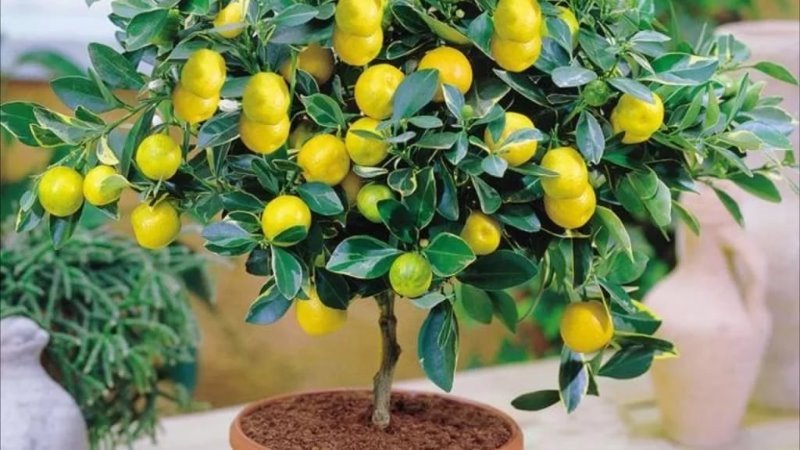
When growing a lemon tree in a pot, seeds or seedlings are used as planting material. Each of the options has its own advantages and disadvantages.
When planting a seedling, the first harvest is obtained in 3-4 years. Moreover, the next year the tree has an attractive appearance. Flowering is faster. Plants grown from seedlings grow more slowly, are characterized by reduced endurance and less harmonious appearance.
A tree grown from seeds develops faster and more evenly and has increased resistance to negative environmental factors. However, the wild grows from the seed, and the first fruits appear in 4-7 years.
From the bone
Lemon seeds are collected from fruits that are sold in grocery stores. The fruit should be of the most correct shape, bright yellow, without rot, traces of disease and green spots. Seeds light seeds without damage or dark areas, hard and smooth to the touch.
They are prepared before planting. For this planting material:
- Soak for half an hour in warm water and wash from the pulp.
- For 30 min. immersed in a light pink solution of potassium permanganate or hydrogen peroxide. Sometimes biological products are used for disinfection, for example, "Fitosporin".
- Soak for a day in a growth stimulator ("Solution", "Epin", etc.).
Not all seeds will sprout. It is recommended to plant more seeds than required. At this stage, lemons are grown in one common container (boxes, cut bottles) with drainage holes in the bottom. Before planting, containers are disinfected by soaking in a solution of copper sulfate or a dark pink solution of potassium permanganate.
For planting lemon seeds, use a universal soil or humus, peat and garden soil taken in equal proportions. A drainage layer (expanded clay, ground ceramics, fine gravel) is poured onto the bottom of the container. Both the soil and the drainage are pre-disinfected.
The seeds are buried in the soil by 1.5-2 cm... The distance between them must be at least 5 cm.After planting the seeds, the soil is watered with warm water, covered with foil and removed to a place protected from direct sunlight.
Every day, the earth is moistened with a spray bottle, and the film is opened for 5-10 minutes. When shoots appear, the box is rearranged on the windowsill, and the duration of airing is gradually increased to a day, after which the film is removed.
After the appearance of 3-4 true leaves, the seedlings are transplanted into individual pots with a diameter of 6-8 cm. The containers are filled first with a centimeter layer of drainage, and then with soil. When transplanting, the root collar of lemons is not buried.
After transplanting, the plants are watered. The first 2 weeks should not be exposed to direct sunlight.
From the cutting
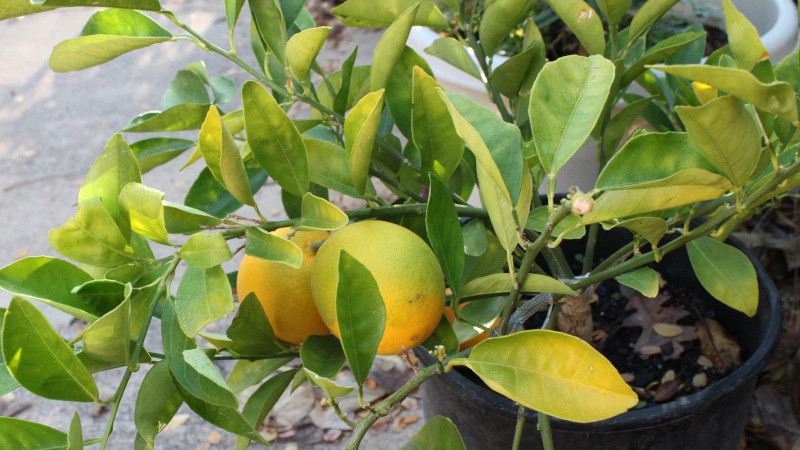
Lemon cuttings are bought in specialized stores, in the markets, or independently separated from an adult plant. It is important to choose the right planting material:
- length - from 8 to 15 cm;
- the presence of 3-5 developed kidneys;
- the presence of at least 2 sheets;
- the age of the maternal escape is about a year;
- dark, hard but taut bark.
For independent cutting, a one-year-old shoot is chosen. 10-15 cm recede from the upper part and a cut is made at an angle of 45 °. The lower leaves are removed, leaving 2-4 upper leaves. If they are large, they are cut in half.
Important! If you take a shoot that is too young to get a cutting, the seedling will not take root.
The cut is prepared for planting. First, it is dipped in a cut into a solution of potassium permanganate for 60 minutes, and then soaked for a day in Kornevin.
To root the seedling, use a universal soil mixture mixed 1: 1 with sand, or a mixture of humus, peat, garden soil and sand. For enrichment, 1 tbsp is added to the soil. ash, 25 g of superphosphate and 15 g of potash fertilizer. The soil is disinfected by calcining in the oven or pouring a dark pink solution of potassium permanganate.
It is convenient to use a cut bottle for rooting a seedling... Drainage holes are made in the bottom of the container, then a centimeter layer of drainage is poured, the rest of the volume is filled with earth.
The cutting is planted in the ground so that it stands level and without support. The soil is watered abundantly. The top of the bottle is put on the container to create a greenhouse effect. The earth is moistened daily, and the seedling is sprayed with warm, settled water. Lemon is aired, removing for 30-60 minutes. the top of the bottle.
After 2 months, when the seedling takes root and adapts, it is transplanted into a pot with a diameter of 8-10 cm. It is better to use a clay or ceramic container with drainage holes. It is filled with drainage and soil. The seedling is buried in such a way that the trunk is also underground 1 cm above the border of the roots.
The planted lemon is watered with warm, settled water and sprayed daily.
Requirements for growth conditions
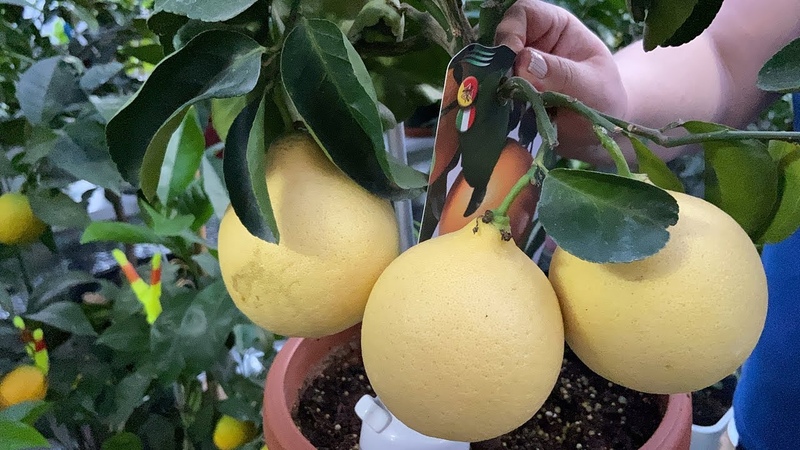
It is not enough to plant a lemon correctly. It is important to provide him with optimal conditions for growth:
- Lighting. Lemon is a short-day plant. In spring and summer, he does not need additional lighting. The tree feels uncomfortable in direct sunlight. It is recommended to grow it in the west or east window. If you put the lemon on the southern windowsill, during the day you will have to shade it with a translucent curtain or remove it from the windowsill. Not enough from the north side of the world. In this case, you will need phytolamp lighting. In winter, it is not necessary to highlight the lemon, during this period it is at rest.
- Humidity. The lemon tree loves high humidity. At the stage of germination and rooting, a greenhouse made of film or transparent plastic will create optimal conditions. It is enough to spray mature plants in the summer. Some growers pour water into a tray that contains a pot. In winter, especially if the plant is near a battery, humidifiers or containers of water must be installed.
- Temperature. The optimum temperature for growing lemon is + 18 ... + 21 ° С. During flowering, it should not rise above + 19 ° C, otherwise the inflorescences will fall off.The plant is able to survive cold snaps up to + 10 ° C. At rest (in winter), he is comfortable at temperatures of + 12 ° C. During the period of seed germination and rooting of seedlings, the room should not be colder than + 26 ° C.
It is recommended to turn the lemon a few degrees in relation to the window every week. This is done so that the tree forms a uniform crown.
Note! Reddened leaves indicate too much sunlight or too high a temperature.
Basic rules of care
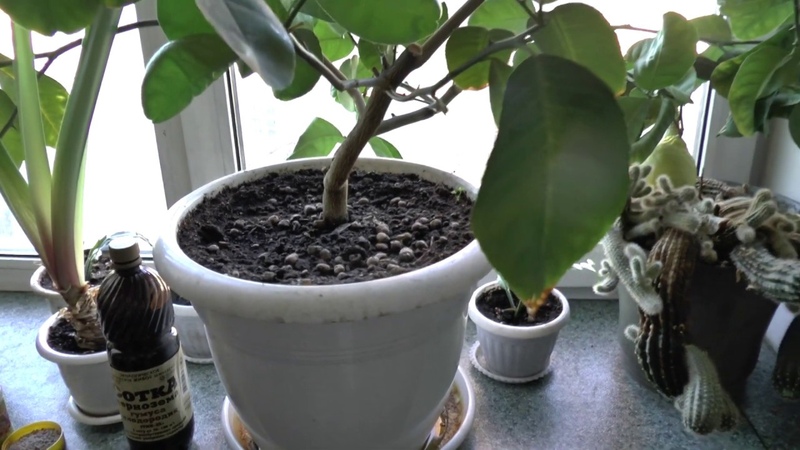
Taking care of lemon is easy. The main thing is to follow the basic rules:
- Watering. During the growing season (spring, summer and autumn) lemon is watered daily, and sprayed 2 times a day. In winter, 2 waterings per week are enough. Use settled water with a temperature of at least + 20 ° C.
- Loosening. It is recommended to loosen the soil in the pot at least 2 times a week to break up the earth crust and prevent water stagnation. It is convenient to use a plug for this.
- Cleaning. Once a week, the lemon leaves are wiped with a damp cloth. Once a month, the tree is washed under the shower.
- Transfer. For the first 3 years, the lemon is transferred annually: it is removed from the pot, rearranged together with the earth into a larger container, the free space is covered with soil. Older trees are transplanted once every 2-3 years. To do this, the roots are cleared of most of the earth, removing damaged and dry roots. Then they are planted in new soil. After transplanting, the plants must be watered.
- Bloom. If the lemon blooms in the first or second year after planting, the inflorescences are cut off. Otherwise, the plant will give all its strength to flowering and die. From the third year, the inflorescences are left, pollinating them artificially with a soft brush or cotton swab.
- Fruiting. When the first ovaries appear, only one of them is left. Next year - 3-4. Further, the ovaries are not cut off.
Top dressing
An integral part of the care is feeding. In poor soil, the lemon will not bloom and bear fruit, the leaves will begin to fall off.
Fertilizers are applied 1-2 times a week during the growing season. In winter and late autumn, the tree is given a break from feeding.
Use citrus fertilizers or home remedies. Some of them:
- Manure. Horse, cow manure or chicken manure is diluted with water in a ratio of 1:10. The resulting product is watered plants.
- Mineral fertilizer. To prepare it, 15 g of superphosphate and 5 g of nitrate are added to 5 liters of water.
- Decoction of herbs... For 1 liter of water, take 3 tbsp. l. nettle, horsetail, or other herb. Raw materials are brewed with boiling water and allowed to brew for 6 hours.
- Tea coffee... It is useful to pour over lemon with tea or coffee.
- Food waste. Fruit and vegetable peelings are infused in warm water for a week, then filtered and used for watering.
Formation
You cannot do without correct formation. It is from this procedure that the appearance of the plant, health and yield depends.
Pruning is done in spring or fall. They act according to the following scheme:
- After the tree reaches the desired height, its growth is limited by cutting off the top. This procedure stimulates the formation of side shoots.
- When shoots of the first row are formed, choose 3-4 strong branches directed in different directions. The rest of the shoots are cut off. Each branch is pruned, leaving 5 to 7 leaves.
- When new shoots of the second order grow from the buds of the first-order branches, they are pruned according to the same principle, leaving 3-4 of the strongest ones.
- The procedure specified in the previous 2 paragraphs is carried out until branches of the 4th order are formed. Most varieties begin to bear fruit from this point.
- All weak shoots are removed. Also do with dry and diseased branches.
Places of cuts must be treated with garden pitch. After the procedure, the lemon must be handled with particular care, as it will be weakened.
Reference. The crown is given the desired shape with a haircut.
Diseases and pests
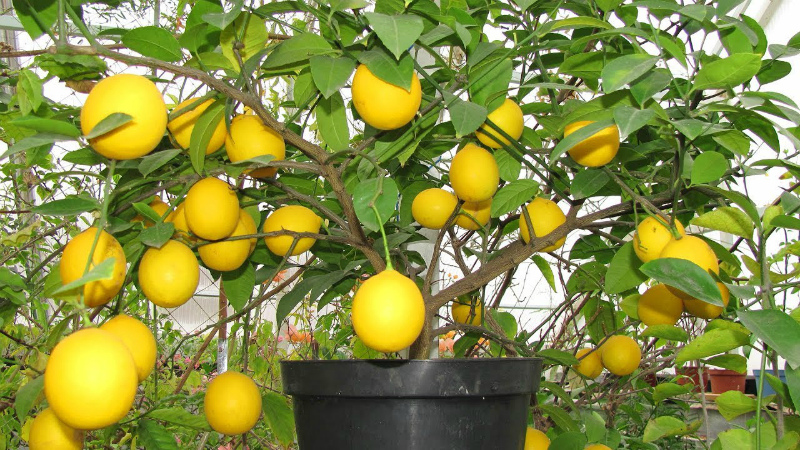
Even at home, lemon is attacked by pests (aphids, ticks, scale insects) and diseases (rot, gommosis, fungal infections). The following signs indicate that the plant is unhealthy:
- Dead, yellow leaves. Flabby or dry shoots. Leaves and inflorescences fall off.
- Spots and formations of different shapes and colors. Plaque on leaves and shoots is possible.
- Slow growth and lack of new shoots.
- Spider web on leaves and shoots or film formations on branches.
- The presence of small insects in the soil or on the plant.
- Cracks in the branches.
If such symptoms are found, the plant is treated with soapy water. After a few days, it is thoroughly washed under the shower with warm water.
Lemon is sprayed with copper sulfate and Bordeaux liquid. The parts of the tree that remain damaged are removed. Cracks in the bark are covered with garden pitch. If that doesn't work, the lemon is sprayed with fungicides.
Conclusion
It is even possible to grow a potted indoor lemon from a fruit seed bought in a supermarket. It is enough just to choose the planting material and plant it, following the instructions. The same applies to cuttings.
If you want the tree on the windowsill to bloom and bear fruit, it is important to pay enough attention to caring for it. Of course, you can get by with some watering and rare transplants, but then you should not expect a harvest.
It is difficult and long to grow from a stone, and it is also not clear what will grow. I advise you to buy seedlings. But be careful, do not stumble upon a fake. The Agronova brand has excellent options for lemons. I bought one of these, it makes me happy every day)
Thanks for the advice, but what about the price? Saplings are probably worth a lot of money.